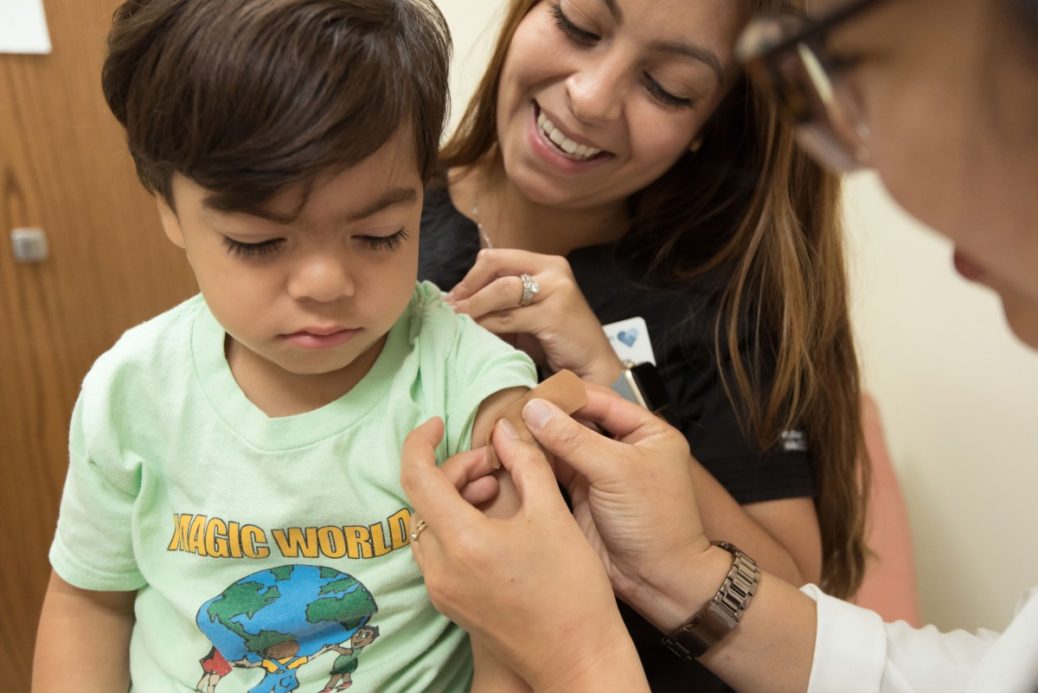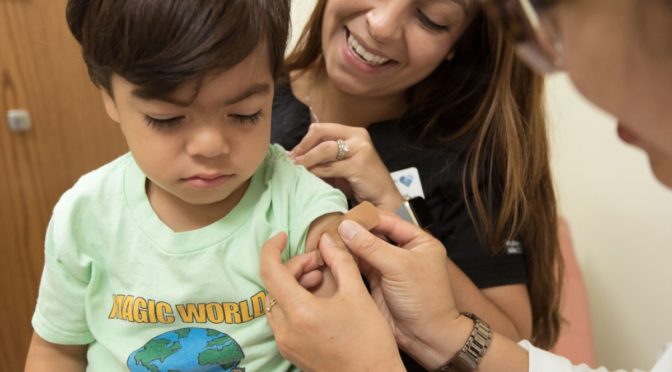
Part of making informed decisions as a parent is making sure you’ve got the information in hand before you make the decision. Today we’ll talk briefly about two significant threats in children’s lives in the United States: road trauma, or car crashes, and the flu, or the influenza virus. One of these threats is more insidious, while the other is more temporal.
We hear about the dangers of car crashes fairly often, but for a variety of reasons, including our country’s tacit acceptance of the risks of driving as inevitable and immutable, we don’t pay much attention to them unless they involve us, people we know, or stores that receive high amounts of coverage on the nigthly or online news (e.g., the death of Princess Diana, which actually led to increases in suicides among women who self-identified with her). The flu, on the other hand, is generally ignored for about half of the year and thought of significantly during the other half, particularly when school-aged children attend public school systems or when news reports announce spikes in infection, hospitalization, or death rates.
However, as a reader of the CCD, you’re well aware that not everything that receives media attention is worth its coverage, and that a great many things ignored by the general population may be essential to our well being. Let’s take a quick look at the relative risks of children dying from road trauma (car crashes) vs the flu (influenza). The summary is that your child is around 4 times as likely to die from a motor vehicle during the flu season months (October to May) than she is to die from the flu, and that this rate balloons to 6 times that of the flu if the total number of child car deaths is compared to the annual total of flu deaths.
How many children die from the flu in the US in a typical year?
While the number of child influenza deaths reported to the CDC vary significantly from year to year (e.g., 110 in 2016-17, 188 in 2017-18, 144 in 2018-19, and 105 as of February 21st, 2019 in the 2019-20 season), the number lately has fallen between 110 and 188. Let’s use last year’s total of 144. Let’s also keep in mind that the flu season is generally acknowledged as spanning October through May, or 8 months (2/3rds) of the year.
How many children typically die from car crashes in the US in a typical year?
From a recent article, we know that 880 children under 13 died in 2018 from road trauma; this figure also floats up and down from year to year, but has generally ranged between a high of 1033 in 2016 and a low of 875 in 2014; every total since 2010 has fallen between these two boundaries.
Which is more dangerous, the flu or car crashes, for the average American child?
Comparing the numbers makes it clear that, while both of these dangers are meaningful, one poses far more of a risk, statistically speaking, than the other. When prorated by 2/3rds to represent the 8 month flu season, a child was approximately 4 times as likely to die from car crashes (880 * 2/3 = 587) as she was from the flu (144) in 2018. When the full tallies of both risks are compared, the same child was more than 6 times as likely to die from road trauma as she was from influenza.
This does not mean that the flu is not dangerous. It is. It kills tens of thousands of adults each year in the United States and a good 100 or more children die needlessly each year as well.
This does not mean that flu vaccines are unnecessary. They are. Vaccines overall are among the most important inventions we’ve ever come up with as human beings. I absolutely recommend the flu vaccine for children. Even if they end up with flu-like symptoms or infections, they’re significantly less likely to suffer severe symptoms or complications. This is basic information, but it bears repeating, especially since there’s a strong anti-intellectual streak running through the country with anti-vaccine propaganda leading to decreased immunization rates.
However, with all that in mind, the flu is not the bigger risk of the two for the vast majority of children in the United States (or around the world). Road trauma is. Six children die in the United States due to car crashes for every child who dies due to flu complications.
How do we protect our kids from the flu and from car crash fatalities?
To reduce your risks of flu illnesses, vaccinate your children. Beyond that, teach them to wash their hands (or do so for them if they’re young). Practice cough covering and sneeze covering. And above all, stay home and rest if sick. These tips apply equally to children and adults.
When it comes to car safety, it’s even simpler: if your child is under 5, rear-face her and don’t stop until she’s 5 and has outgrown her seat. Once she has, booster her until she’s at least 10 and has passed the five step test. And if she’s under 18, don’t let her drive without you.
You don’t have to check to make sure your child fits in one of these categories more than a few times a year unless she’s about to move from one category to the next. The hard part is making–and keeping–the three decisions to keep your child in safe configurations when everyone around you is forward-facing at 1 or 2, strapping their kids in seat belts at 7 or 6 or 5, and encouraging them to drive everywhere, all the time, and with as many passengers as possible from the day they’re legally allowed to at 16 (or 15, or 14 in certain states).
Follow best practices. Ignore foolish ones. That’s how you get everyone home at night.
 If you find my information on best practices in car and car seat safety helpful, you can buy my books here or do your shopping through this Amazon link. Canadians can shop here for Canadian purchases. It costs nothing extra to do so, but when you shop through my links, a small portion of your purchase, regardless of what you buy, will go toward the maintenance of The Car Crash Detective.
If you find my information on best practices in car and car seat safety helpful, you can buy my books here or do your shopping through this Amazon link. Canadians can shop here for Canadian purchases. It costs nothing extra to do so, but when you shop through my links, a small portion of your purchase, regardless of what you buy, will go toward the maintenance of The Car Crash Detective.










